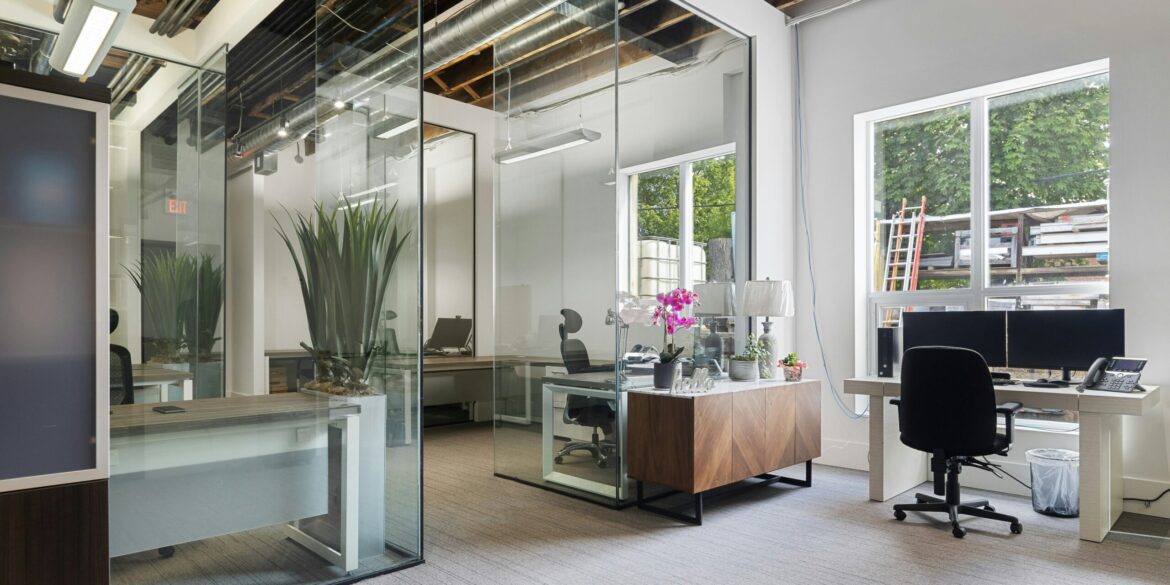The U.S. commercial real estate market is entering a new phase, according to a mid-November 2025 outlook report, which highlights evolving trends and shifts across various sectors. While some property types continue to benefit from long-term structural tailwinds, others are facing challenges due to changes in work patterns and broader economic conditions. Notably, sectors such as retail and data centers are thriving, driven in part by the increasing demand for technology-enabled property uses. Meanwhile, traditional office spaces continue to face significant headwinds as the work environment evolves, with more people working remotely or in hybrid settings.
Among the most notable trends in the commercial property sector is the growing demand for AI-driven data centers and smart logistics facilities. These technology-enabled spaces are becoming key players in the real estate market, as companies increasingly invest in properties that support advanced technological infrastructure. The rise of artificial intelligence and the growing need for high-capacity data processing are fueling investments in data centers, which are essential for powering AI, cloud computing, and other tech-driven industries. These facilities, designed to handle complex data processing, are attracting capital from investors who recognize their importance in the digital economy.
Moreover, the shift in focus from speculative real estate projects to more use-case-driven investments marks a significant change in the market. Analysts note that the commercial real estate sector is increasingly prioritizing properties with clear, sustainable purposes rather than purely speculative developments. This trend reflects a broader shift toward more thoughtful, long-term investment strategies that take into account current technological needs and future growth potential. Properties that can support these use cases—such as data centers or facilities designed for smart logistics—are expected to offer better returns and resilience in the face of economic uncertainties.
However, the commercial property landscape is also influenced by rising mortgage and borrowing costs. As financing becomes more expensive, property owners, occupiers, and investors are becoming more discerning in their evaluation of return prospects. With higher borrowing costs, there is increased pressure to ensure that properties generate sustainable, long-term value. This economic shift is prompting a reevaluation of how properties are managed and financed, with an emphasis on adaptability and versatility in property design.
For property managers and investors, one key takeaway is the growing premium placed on adaptability. Properties that can accommodate flexible uses, support high-bandwidth connectivity, and meet the dynamic needs of tenants are likely to outperform in the current market. These properties are better positioned to respond to evolving demands, whether from tech companies, logistics providers, or other industries that require specialized infrastructure. On the other hand, older properties that lack the capacity for upgrades or adaptation to new technological needs may face the risk of becoming obsolete, as tenant preferences and market demands continue to evolve.
Overall, the commercial real estate market is transitioning to a more technology-driven and adaptable phase. Data centers, AI-powered facilities, and smart logistics properties are emerging as key areas of investment, while traditional sectors like office space are adapting to new work trends. The focus on adaptability and sustainable use cases is set to define the next phase of the commercial real estate cycle, where properties that can evolve with technological advancements and tenant needs are poised for success.

